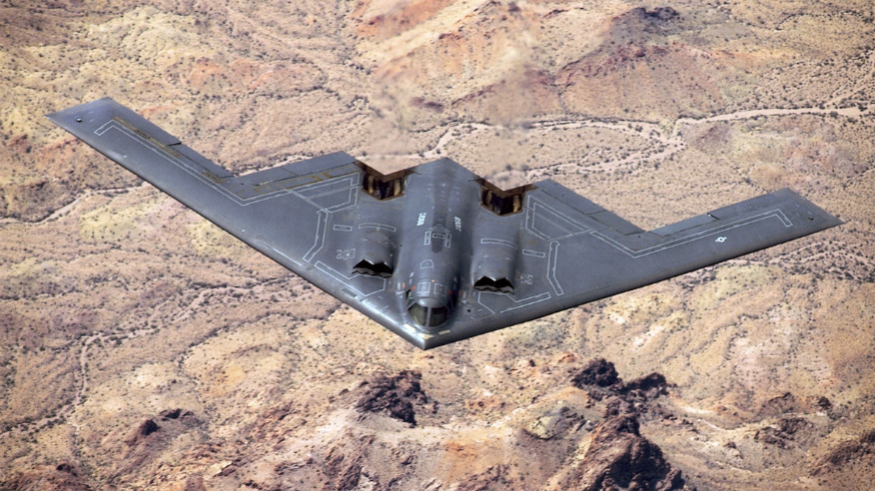HUMANOIDS AND THE ERA OF “INTELLIGENT WARFARE”
Defence Research and Development Organisation (DRDO) is developing ‘Humanoids” for future frontline missions. This brings in an era of “Intelligent Warfare” in the Indian context with these machines powered by artificial intelligence which would combine tactical flexibility with strategic deterrence.
This concept fundamentally originates from “Anthropomorphism” which the tendency to attribute human like traits to non-humans and non-living beings. In terms of artificial intelligence (AI) and its algorithms, the Upanishads clearly discuss the interconnectedness between the Manas (mind), Buddhi (intellect) and Chitta (memory)—a layered model of intelligence that mirrors modern AI architecture. Quantum physics and AI ethics have defined parallels in our scriptures with respect to Advaita (non-duality) along with karma (cause and effect).
There are a number of aspects which need a lot of diligence as well as focus though. While a lot is being developed technologically, there are some ethical dilemmas in relation to their utilisation. Is it prudent that these AI powered human interfaces need a completely autonomous capability to complete a mission? In such circumstances, there are bound to be issues of accountability and unintended consequences with susceptibility of faulty algorithms.
Economically, the impact of humanoids in future warfare needs to be looked through a prism of entry barrier costs, cost benefit ratios and indigenisation which will thereafter dictate the scale of R&D and subsequently production. There is a thought on these machines functioning as part of “Intelligent Formations” comprising of the soldiers, humanoids and autonomous equipment.
Some technology theorists even argue on the aspect of intrinsic combat advantages of humanoid robots possessing a greater endurance besides a “strong psychological deterrence” on the adversary called the “Uncanny Valley Effect”. This is a term which was introduced by a Japanese roboticist Masahiro Mori and is characterised as a phenomenon in which people susceptible to experiencing an unsettling feeling in response to an entity that appears not quite human.
Humanoids are being developed by a number of countries with a view to reduce troop casualties and enhance battlefield efficiency, besides augmenting the boots on ground. Incorporating Humanoids will augment capabilities with respect to stealth, reconnaissance functions, bomb disposal, border surveillance and logistics. While this will increase the synergistic relationship between humans and machines, the underlying aspect is that it will not replace a trained soldier’s combat function but augment it.
The US Army is looking at a new concept called Human Machine Integration (HMI) which aims to blend soldiers with humanoids and autonomous vehicles to maintain edge in operations by optimisation and ensuring “No blood on first contact”. The organisational charts as well as situational exercises with some prototypes is already underway. A Human Machine Integrated Formation (HMIF) should be ready for initial deployment by 2027 as per some reports. China is not very far behind and is in the race to produce humanoids and dovetail them into the combat potential with its large manufacturing sector prowess and home-grown AI algorithms. FEDOR is a humanoid being designed by Russian engineers to handle extreme scenarios, including rescue missions and space exploration. It is nearly six feet tall and can operate autonomously or via remote control.
The Indian scenario is suggested to be configured in three phases. Phase one could be development of a prototype by DRDO using a consortium approach with private sector entities and startups. Phase two could involve fusion of technologies in terms of mobility, mapping, guidance, built in test equipment etc. under a PPP model for a faster development. Incorporation of homegrown Large Language Models (LLM’S) to cater for diverse linguistic and cultural landscape could be a part of this critical phase. Phase three would involve field trials with combat formations, besides creating new organisations and a separate cadre of specialists for handling, maintenance and repair of these complex man machine interfaces.
At the macro level, it is critical that India AI mission is dovetailed to this endeavour with an inter ministerial approach. A single agency approach will delay such cutting-edge projects with its intrinsic bureaucracies and will not be able to keep pace with the fast-evolving technological cycles. To this end, there needs to be a robust policy made through multiple stakeholder consultations in tandem with the technology being developed. Technology leaps ahead in a much faster time frame and invariably follows rapidly changing tech cycles. In corelation to technology, the policy paradigm invariably lags behind. The challenge is to mitigate this difference in approach and dimensions with user interface at the very inception.
Humanoid robots will be developed on an intersection of Artificial Intelligence, advanced manufacturing and embodied intelligence. While this may seem esoteric and difficult to perceive at this juncture, it was difficult to perceive augmented reality/ virtual reality and mixed reality when “MATRIX” was released as a science fiction movie way back in 1989. There is however, a need to look at “Dehumanisation of War” and managing the human- machine teaming responsibly both for kinetic as well as non-kinetic missions on the digitised battlefield of the future.
The author is a former Colonel, a graduate of the Indian School of Business and a known policy specialist in Semiconductors, Critical Electronics and Geopolitics. Views are personal.
















Comments